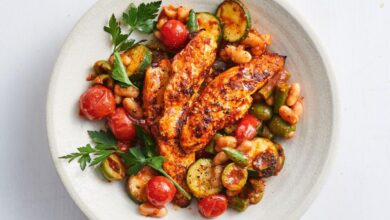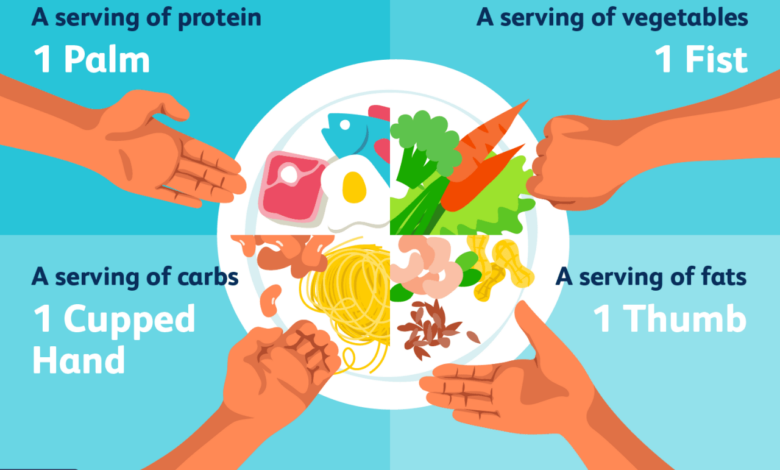
Why a Food Scale Is Your Weight Loss Secret Weapon
Why a food scale is your weight loss secret weapon? It’s a simple tool that can make a big difference in your journey to a healthier weight. You might think that simply eyeballing your portions is enough, but it’s surprisingly easy to overestimate or underestimate how much you’re eating.
A food scale provides the accuracy you need to truly understand your calorie intake and make informed decisions about your diet.
Imagine you’re trying to lose weight and you’ve been diligently counting calories. But, what if your portion sizes are consistently off? You could be unknowingly consuming more calories than you think, hindering your progress. This is where a food scale comes in.
By weighing your food, you eliminate the guesswork and ensure that you’re sticking to your calorie goals.
The Importance of Accurate Portion Control
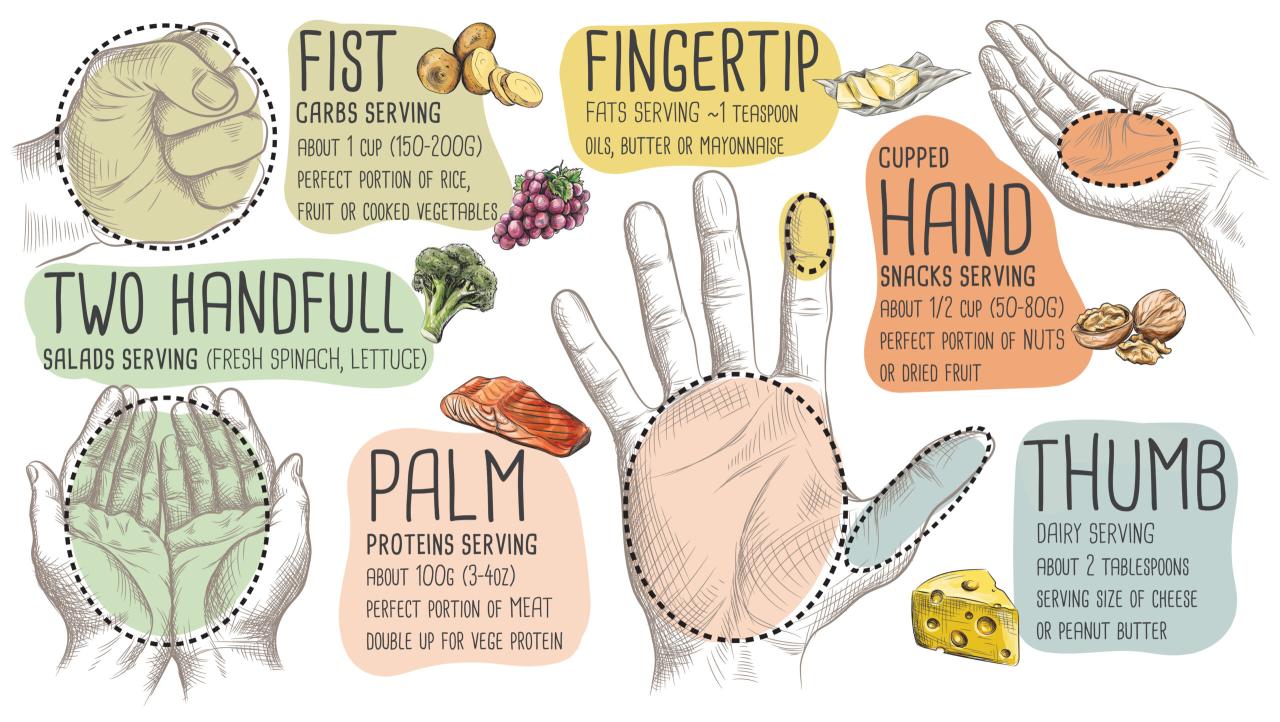
You’ve probably heard the saying “you can’t out-exercise a bad diet.” While exercise is crucial for overall health, the foundation of successful weight loss lies in what you eat and how much. This is where accurate portion control comes in.
Accurate portion control is the key to consuming the right amount of calories for your weight loss goals. It helps you stay within your calorie budget and prevents overeating, which can sabotage your efforts. A food scale can be a game-changer in this regard, offering a level of precision that’s hard to achieve with visual estimations alone.
A food scale is your weight loss secret weapon because it helps you control portion sizes, which is key to any successful weight loss journey. And let’s be honest, sometimes we need a little inspiration to stay on track.
That’s where these 5 classic Chinese recipes under 500 calories come in! They’re delicious, healthy, and perfect for those nights when you’re craving something satisfying but don’t want to derail your weight loss goals. So, grab your food scale and get cooking!
The Limitations of Visual Estimations
Visual estimations for portion sizes are often unreliable. Our eyes can deceive us, leading to significant overconsumption. Factors like plate size, the type of food, and individual perception can all influence our judgments.For example, a large plate can make a small portion of food appear smaller than it actually is, while a small plate can make a large portion seem larger.
Similarly, dense foods like pasta or rice can easily lead to overconsumption if we rely solely on visual cues.
Examples of Inaccurate Portioning
Inaccurate portioning can have a significant impact on weight loss efforts. Consider these scenarios:* Overestimating a serving size:If you think a cup of pasta is 1.5 cups, you’re unknowingly consuming 50% more calories than you intended. This consistent overconsumption can lead to weight gain over time.
Underestimating a serving size
You know how they say “you can’t manage what you don’t measure?” Well, that’s especially true for weight loss. A food scale is your secret weapon for accurate portion control, and it’s a game-changer for sticking to your goals. For example, let’s say you’re craving a hearty and healthy meal like a chicken and sweet potato farro bowl.
With a food scale, you can ensure you’re getting the right amount of each ingredient, making sure you’re fueling your body with the right nutrients without overdoing it. So, invest in a food scale – it’s a small investment that can make a big difference in your weight loss journey!
“Even small, consistent overestimations in portion sizes can add up to significant calorie surplus over time, hindering weight loss efforts.”
Understanding Food Labels and Serving Sizes
Food labels are your roadmap to understanding what you’re eating and how it fits into your weight loss journey. They provide essential information about the nutritional content of a food product, including calories, macronutrients (protein, carbohydrates, and fat), and vitamins and minerals.
Understanding food labels and serving sizes is crucial for accurate portion control, which is a fundamental pillar of successful weight management.
Serving Sizes Versus Portion Sizes
Serving sizes and portion sizes are often confused, but they are distinct concepts. Serving size is a standard measurement defined by the food industry, while portion size is the amount of food you actually consume.
- Serving size is a standardized measurement that helps you compare the nutritional content of different food products. It is usually indicated on the food label and is typically a fraction of the entire package. For example, a serving size of cereal might be 1/2 cup, while a serving size of yogurt might be 6 ounces.
You know how I’m always talking about portion control? Well, a food scale is your best friend for mastering that! I’ve been loving these mushrooms brussels sprouts tofu grain bowls lately, and weighing out the ingredients ensures I’m getting the right amount of each, keeping me full and satisfied without overdoing it.
So ditch the guesswork and embrace the scale – your waistline will thank you!
- Portion size, on the other hand, is the amount of food you choose to eat at a particular time. It can be larger or smaller than the serving size listed on the food label. For example, you might eat two servings of cereal instead of just one, or you might choose to eat only half of the yogurt container.
The discrepancy between serving sizes and portion sizes is a common pitfall in weight management. People often underestimate the amount of food they consume, leading to calorie overconsumption and weight gain. Using a food scale to measure your portions can help you stay on track with your weight loss goals by ensuring that you’re consuming the correct amount of food.
Making Healthier Food Choices: Why A Food Scale Is Your Weight Loss Secret Weapon
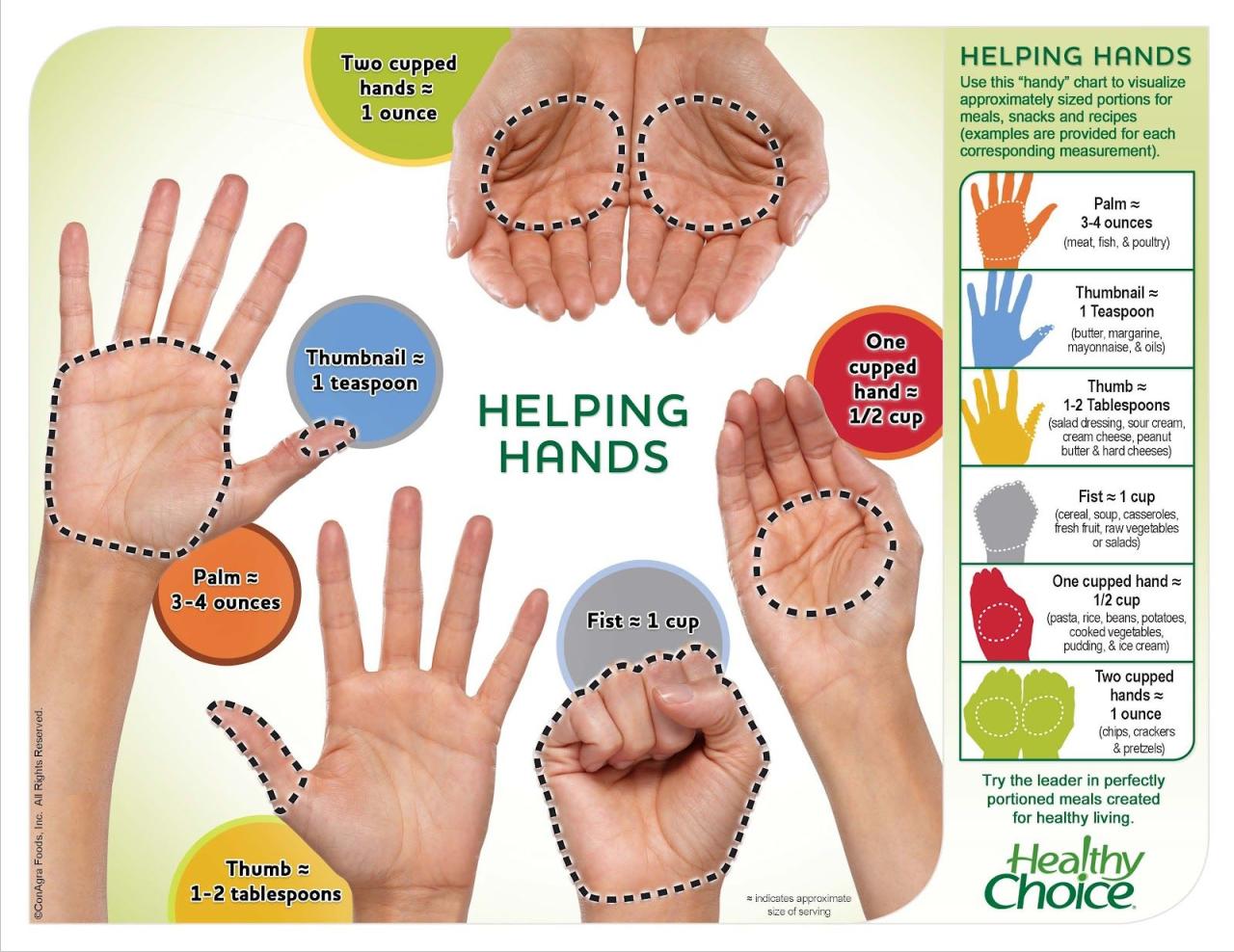
A food scale can be your secret weapon for making healthier food choices. By understanding portion sizes and weighing your food, you can make informed decisions about what you eat, ultimately leading to a healthier lifestyle.
The Role of Portion Control in Food Choices, Why a food scale is your weight loss secret weapon
Portion control is crucial for weight management and overall health. When you know the exact amount of food you’re consuming, you can avoid overeating and make conscious choices about your diet. A food scale helps you understand how much food constitutes a single serving, allowing you to make informed decisions about your food intake.
Examples of Using a Food Scale for Healthier Choices
- Choosing Nutrient-Rich Foods:A food scale can help you prioritize nutrient-rich foods over calorie-dense options. For example, instead of a large bowl of pasta, you can weigh out a portion of vegetables and protein, ensuring a balanced and nutritious meal.
- Controlling Serving Sizes:A food scale can be particularly useful for controlling serving sizes of calorie-dense foods. For example, instead of a large scoop of ice cream, you can weigh out a smaller portion, helping you satisfy your sweet tooth without overindulging.
- Making Smart Substitutions:A food scale can help you make smart substitutions in your diet. For instance, you can weigh out a portion of lean protein, like chicken breast, to replace a larger portion of red meat.
Conclusion
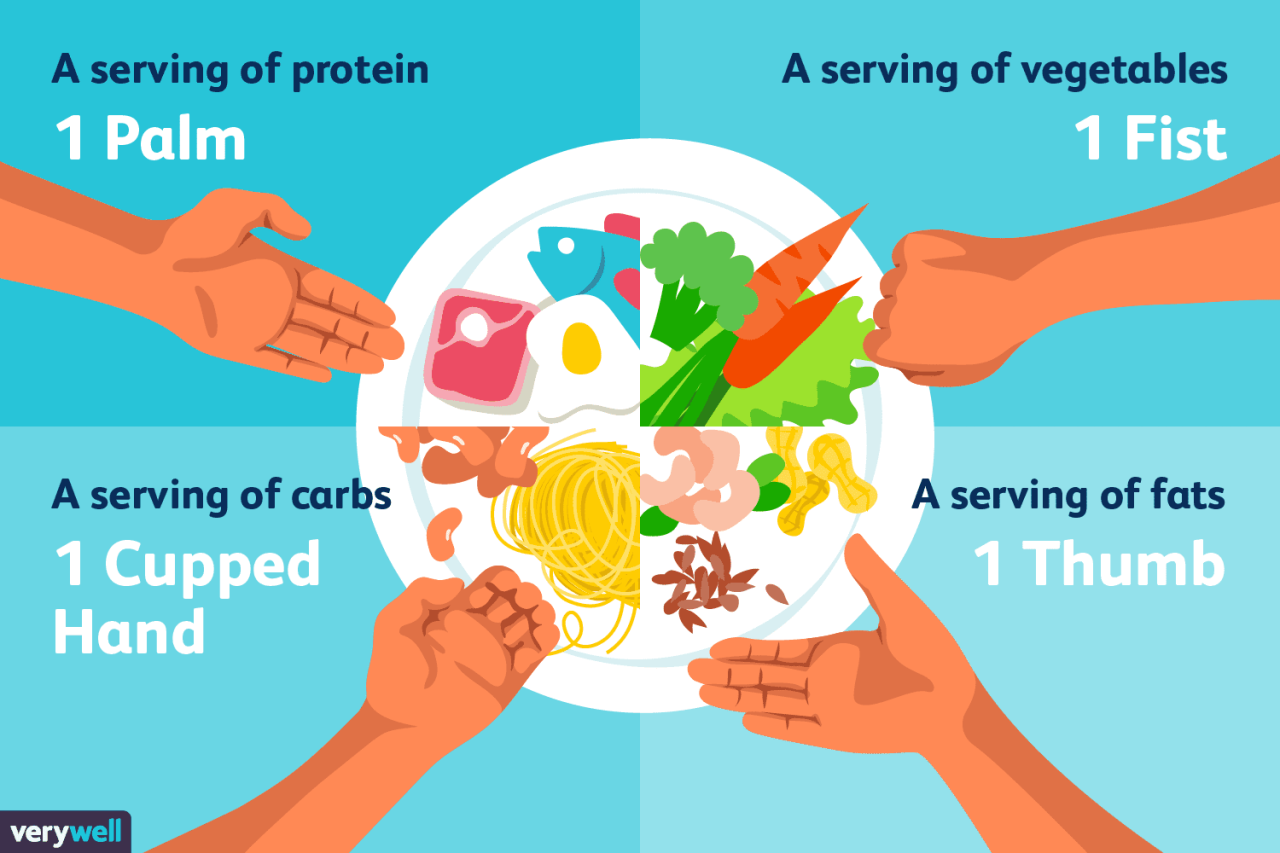
In conclusion, a food scale is a powerful tool that can significantly impact your weight loss journey. By providing accurate portion control, enhancing calorie awareness, and empowering healthier food choices, a food scale can be the secret weapon you need to achieve your weight loss goals.
It’s not about becoming obsessed with numbers but rather about gaining control and understanding your dietary habits. With a food scale by your side, you can embark on a sustainable path to a healthier and happier you.




